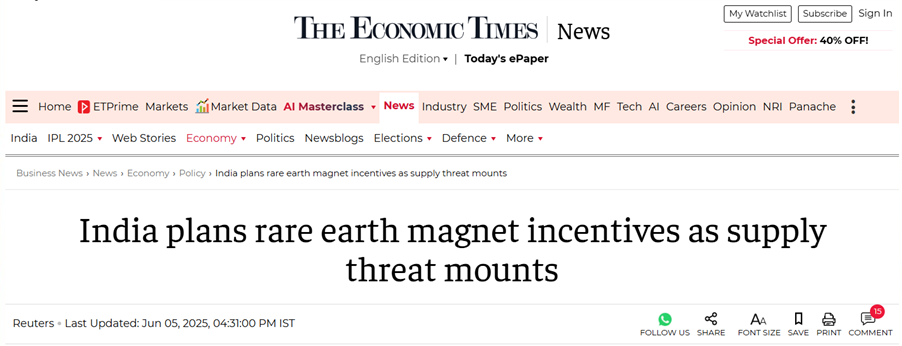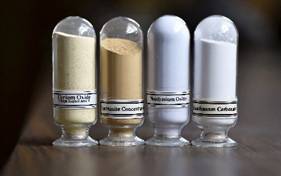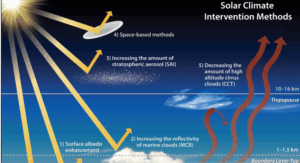
- Why In News
- In an effort to lessen its reliance on China, which controls 90% of magnet processing and recently banned exports, India is negotiating with businesses to create long-term rare earth magnet stocks by providing financial incentives for domestic manufacture.

- Rare earth magnets
- 1. Permanent magnets composed of alloys of rare earth elements are known as rare earth magnets.
- 2. They are distinguished from other kinds of magnets by their outstanding performance, high energy density, and remarkable magnetic strength.
- 3. Since they can produce powerful magnetic fields in small spaces, these magnets are widely used in many different sectors.
- 4. Currently, China controls 90% of their processing capacity and dominates their worldwide supply chain.
- Types of Rare Earth Magnets
- · Neodymium (Nd-Fe-B):
Made from neodymium, iron, and boron. - · Samarium Cobalt (SmCo):
Made from samarium and cobalt. - Key Features of Both:
- · Extremely strong magnetic properties.
- · Available in multiple grades (strengths).
- · Brittle and corrosion-prone → often nickel-plated for protection.
- Uses of Rare Earth Magnets
- · Medical field: MRI, X-rays, PET scans
- · Technology & Defense: Smartphones, EVs, hard drives, aviation, national defense
- · Other Applications: Consumer electronics, jewelry
- What Are Rare Earth Elements (REE)?
- · A group of 17 elements:
- o 15 lanthanides
- o Scandium and Yttrium
- · All are metals, commonly sold as oxides.
- Important Facts:
- · Not truly rare, but difficult to mine and refine.
- · Often occur together in mineral deposits.
- · China controls >80% of the global refining capacity → strategic importance.






